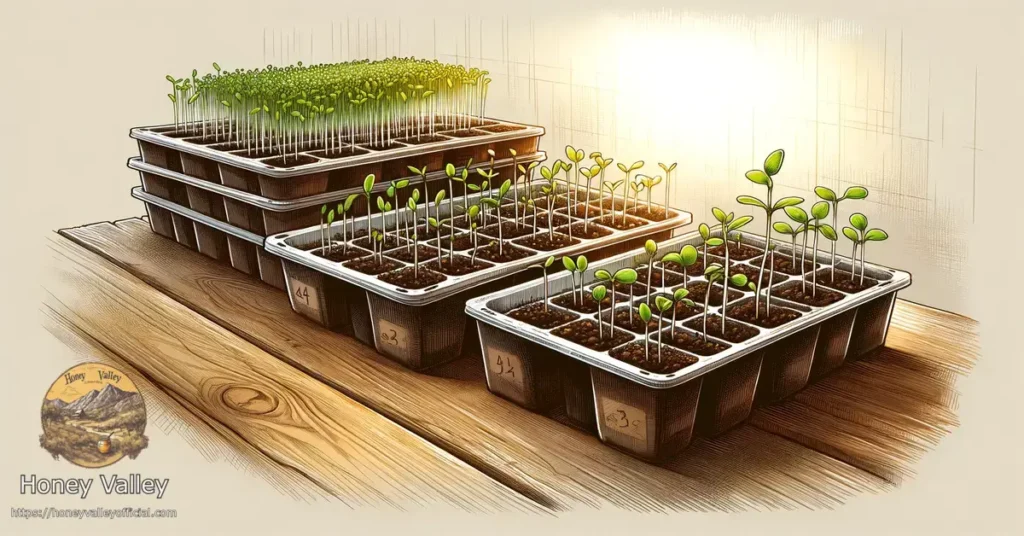When it comes to gardening, one of the most common questions is how much water should be put in a flower vase. Proper watering is essential for the health and vitality of your plants, and finding the right balance can make all the difference in their growth and blooming. In this article, we will discuss some guidelines to help you determine the correct amount of water for your flower vases.
1. Consider the Plant’s Needs
Before watering your flower vase, it is important to consider the specific needs of the plant you are growing. Different plants have different water requirements, and understanding these needs will help you provide the optimal amount of water.
Some plants, such as succulents, prefer drier soil and do not require frequent watering. On the other hand, tropical plants like ferns may need more moisture. Research the specific plant you are growing to determine its water needs.
2. Observe the Soil Moisture
One of the best ways to determine if your flower vase needs watering is to observe the moisture level of the soil. Stick your finger about an inch into the soil and check if it feels dry or moist. If it feels dry, it is a sign that the plant needs water.
However, it is important to avoid overwatering. If the soil feels consistently damp or wet, it may indicate that you are watering too much. Overwatering can lead to root rot and other plant diseases.
3. Watering Techniques
When watering your flower vase, it is important to use the right technique to ensure proper absorption and distribution of water. Here are a few tips:
- Water at the base: Avoid watering the leaves and flowers directly. Instead, pour water at the base of the plant, allowing it to reach the roots.
- Slow and steady: Water slowly to ensure that the soil absorbs the water properly. Avoid pouring water too quickly, as it may cause runoff.
- Drainage: Ensure that your flower vase has proper drainage holes to prevent water from pooling at the bottom. Excess water should be able to escape, preventing root rot.
4. Frequency of Watering
The frequency of watering your flower vase depends on various factors, including the plant species, pot size, and environmental conditions. As a general rule of thumb, it is better to underwater than overwater.
Check the soil moisture regularly and water only when needed. Over time, you will develop a better understanding of your plant’s specific water requirements.
5. Additional Considerations
Here are a few additional considerations to keep in mind when watering your flower vase:
- Avoid water stagnation: Standing water can attract pests and lead to fungal growth. Ensure proper drainage to prevent water from accumulating.
- Water quality: If possible, use filtered or distilled water to avoid any potential harmful chemicals or minerals that can affect the plant’s health.
- Seasonal changes: Adjust your watering routine according to the changing seasons. Plants may require more water during hot summer months and less during cooler periods.
By following these guidelines and paying attention to your plant’s specific needs, you can ensure that your flower vase thrives and blooms beautifully. Remember, finding the right balance in watering is crucial for the overall health and well-being of your plants.


